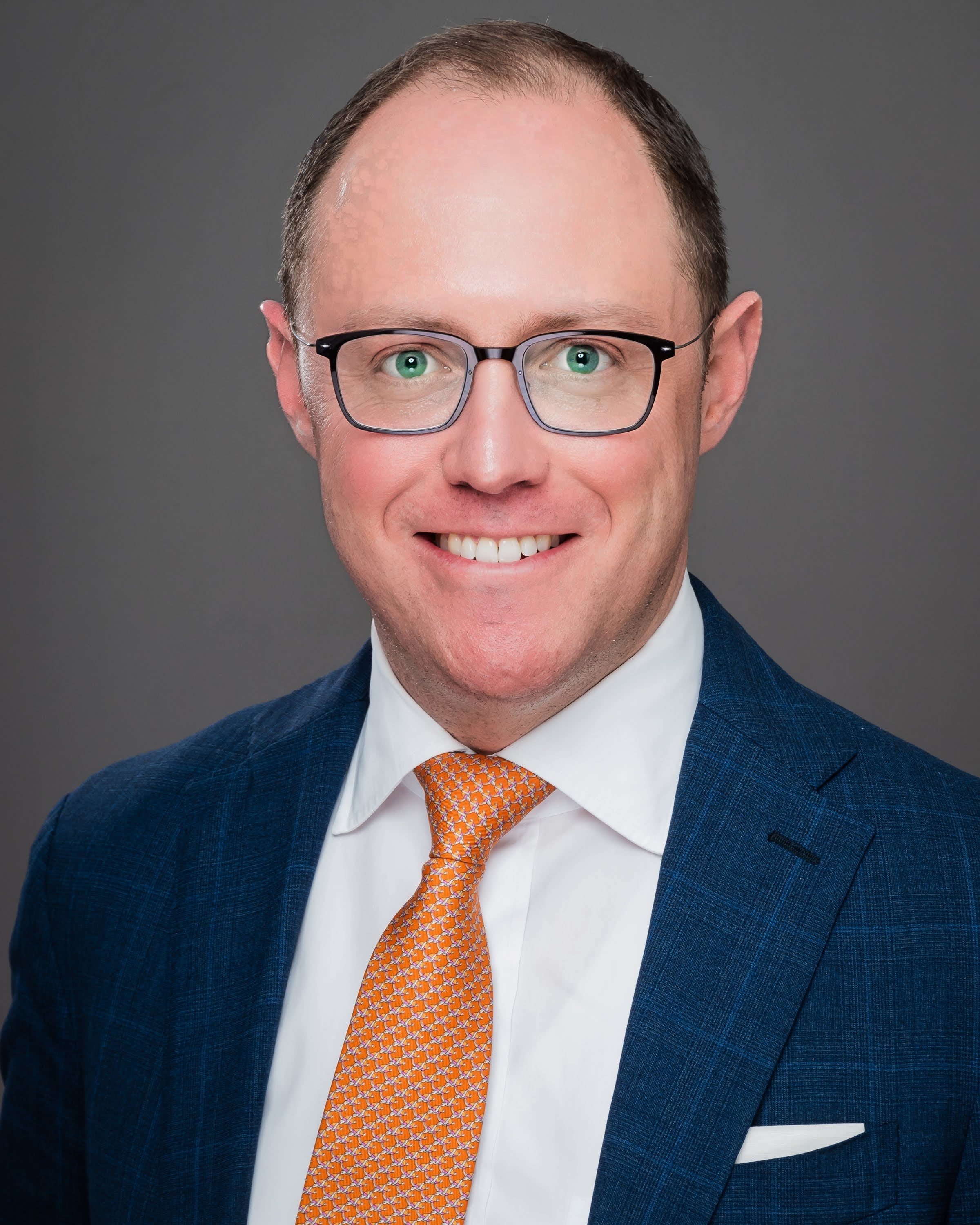Post Global Limited Term High Yield Fund -- Fund Manager Interview

Q: The global recovery continues but the momentum has weakened, hobbled by the pandemic. What’s the base case for the global economy and high yield markets in 2022?
A: It seems inevitable that growth in global economies will slow from their recent torrid pace as the initial post-lockdown rebound fades and supply chain challenges sort themselves out. And while the inflation pressures created by the current shortages in goods will ease after a few more quarters, inflationary pressures from labor shortages could very well be more persistent. The latter issue may be more pronounced in the US than in other global economies if post-lockdown changes in the labor force participation rate hold. That being said, pent up demand, especially as it is driven by the spend down of pandemic related increases in savings, will continue to be a growth driver, such that it shouldn’t be unreasonable to expect 3-4% global GDP growth in 2022.
The high yield market has been a beneficiary of the post-lockdown rebound especially as demand for high yield paper has allowed many borrowers to refinance at lower rates and extend maturities, and as credit statistics have continued to improve off of strong operating results. Consequently, the historically low default rates in the market are likely to persist into next year, as is the recent momentum in upwards ratings migrations. While the potential for rising interest rates and historically tight spreads create headwinds, the relatively short duration of the high yield market, and a still growing economy that will benefit credit metrics, should allow for positive returns in 2022.
Q: How would you describe the fundamentals of the high yield market?
A: Third quarter earnings results largely reinforce the strength in corporate fundamentals. Leverage levels continue to come down from their pandemic-induced peaks of 2020 and liquidity remains at relatively high levels as companies have generally retained the liquidity that was raised in the midst of the pandemic. Furthermore, the heavy refinance activity that we have seen this year has allowed companies to lower interest costs and push out maturities.
While yields and spreads in high yield are at or near historically low levels, it is important to consider these levels in the context of what is a higher quality high yield market than what has come before. LBO financing has largely migrated to the leveraged loan market (so far in 2021, only 19 % of combined bond and loan LBO issuance has been in the high yield bond market, and from 2015 to 2019 it was just 12%) and the percentage of the high yield market that is CCC-rated is at historic lows while the percentage of the market that is BB-rated is at historic highs. At the same time, trailing default rates are at historic lows and the outlook for default rates in 2022 is for that trend to continue. The current expectations of defaults for 2022 are generally comfortably below 1%.
The trailing twelve month upgrade-to-downgrade ratio in the high yield market is nearly 2:1 (having surpassed the previous high in July 2011) and is further evidence of the improvement of issuer fundamentals in the high yield market. With economic growth forecasted to continue in 2022, we would expect to see further improvements in credit metrics.
Q: Is inflation a risk factor to watch? How would that impact the high yield market?
A: We expect that the relatively high levels of inflation that we are currently experiencing will persist through Q4 and into the early part of next year, but will begin to slow by late spring and into the summer if supply chain issues correct, and as demand slows, and the imbalance of demand between goods and services corrects. Full-year 2022 inflation should then fall in the 3-4% range.
Inflationary pressures may present some headwinds to this momentum, though we note that in many industries companies have so far demonstrated the ability to offset inflation in input costs with higher prices and revenue growth has been driving profits. To the extent that inflation prompts more hawkish monetary policy than rate markets are currently pricing in, rising rates pose a modest risk to high yield market returns, though significantly less so in the short duration segment of the market. Excepting exogenous shocks to the system, a higher quality of issuers, a favorable economic outlook driving further improvements, and low default rates should all combine to be supportive of valuations in the high yield market.
Q:How would the alter in monetary policy directions in the U.S. impact high yield market? Especially for the short durations?
A: With the Fed set to begin tapering its asset purchases and the expectation for rate increases to begin next year, we expect to see 10-year treasury yields rise to 1.75-2.00% in 2022 with some further modest flattening of the yield curve.
While rising rates present headwinds to all fixed income asset classes, the effect is muted for shorter duration fixed income assets such as high yield, and particularly for the short duration segment of the high yield market, which with its relatively high coupon should be expected to continue to deliver modest positive returns despite the uncertain rate outlook. In many ways, a rising rate environment is actually beneficial to short duration high yield as bonds that would have otherwise been potentially refinanced have an increased probability of remaining outstanding which increase yield/return without negatively impacting credit quality. A short duration focus can also result in lower levels of volatility than the broader high yield market.
Q: What are the benefits of including the Post Global Limited Term Fund in the portfolio today? What are the investment strategies of the fund?
A: We believe the Post Global Limited Term Fund should be viewed as an all-weather, absolute-return oriented investment strategy. The short duration focus of the strategy is intended to limit the duration and volatility of the investment strategy. Though the short duration focus tends to result in lower yields as compared to the broader high yield market, the shorter duration insulates against interest rate related price movements relative to the broader high yield market in rising rate environments. The performance characteristics can be seen in looking at the historical return data for our short duration portfolio– the strategy has generated positive returns in every year since 2010 (including 2021 YTD through October), whereas the broader high yield market experienced negative returns in 2015, when the US high yield marked declined by nearly 5%, and 2018, when nearly every fixed income asset class generated negative returns. When the broader high yield market is weak, the Global Limited Term strategy has outperformed the broader market, as illustrated by the performance history.
Our current investment strategy in our Limited Term Funds remains as it always has—to deliver reliable coupon income in healthy credits that should provide strongside downside protection should markets weaken meaningfully. To that end, we continue to focus portfolio construction on the selection of good, safe credits with defensible business models and sound balance sheets that can withstand different kinds of market volatility. As a consequence, the portfolio tends to favor defensive and neutral sectors and de-emphasizes investment in more cyclical industries and those that have meaningful exposure to commodity price risk. The portfolios largest exposures are in the Technology sector (primarily software companies with modest loan-to-values and high free cashflow dynamics), Finance Companies (including several consumer lenders that have been benefiting from pandemic related increase in savings rates and government supported stimulus payments), and Healthcare (a stable, acyclical industry). Less than 3% of the portfolio is invested in CCC-rated credits. A little more than 9% of the portfolio is invested in secured floating rate loans, positions that benefit from being higher up in the capital structure with lower LTVs and generally higher ratings, and with adjustable rate coupons that can increase as rates rise.

Jeffrey Stroll
Chief Investment Officer
Post Advisory Group
